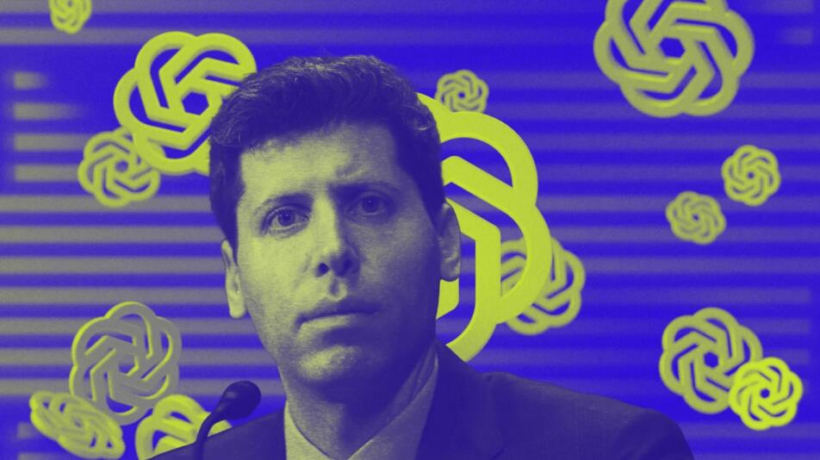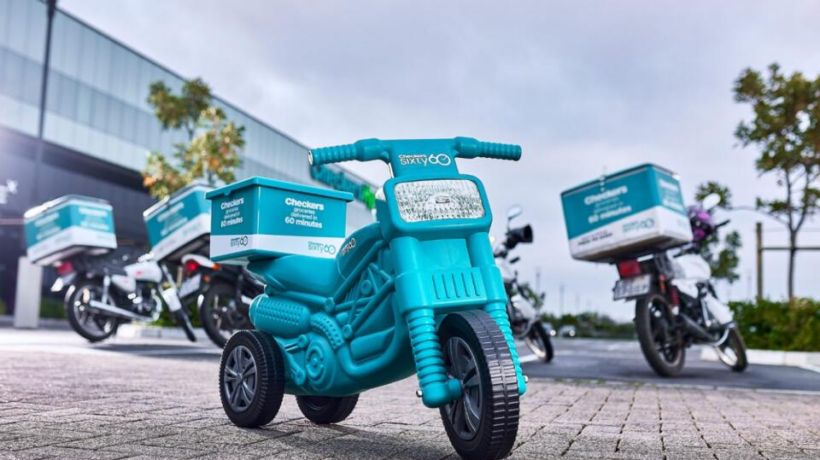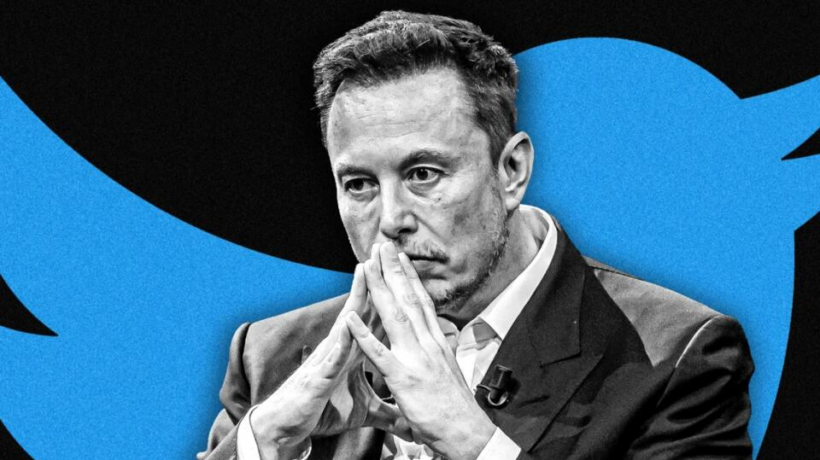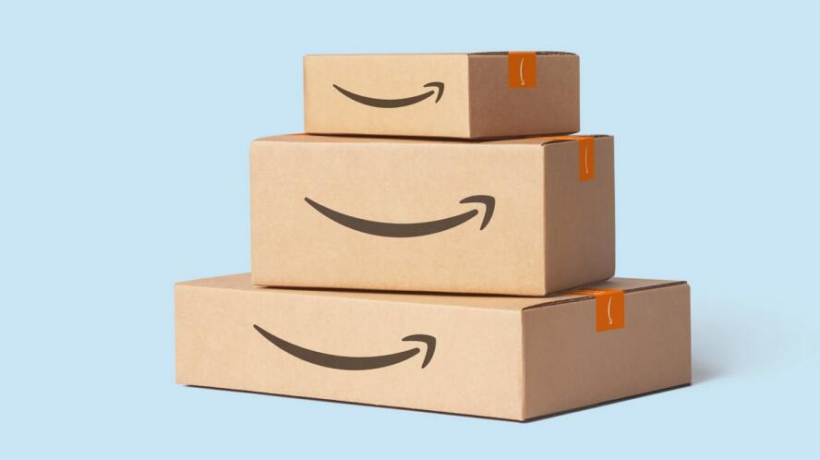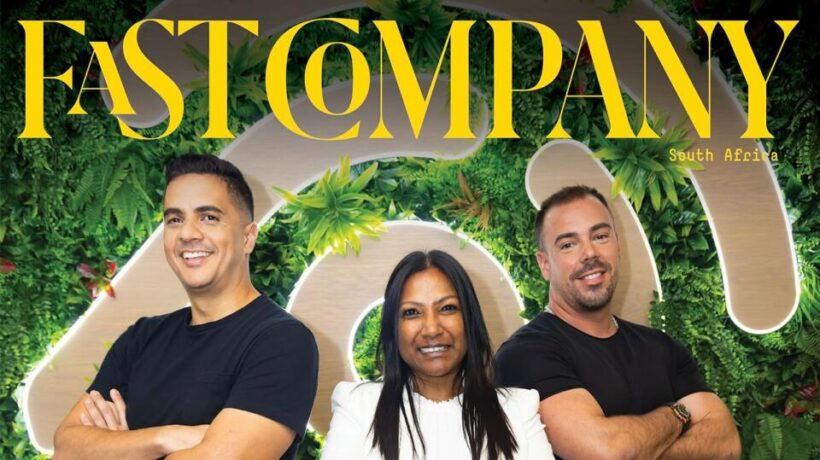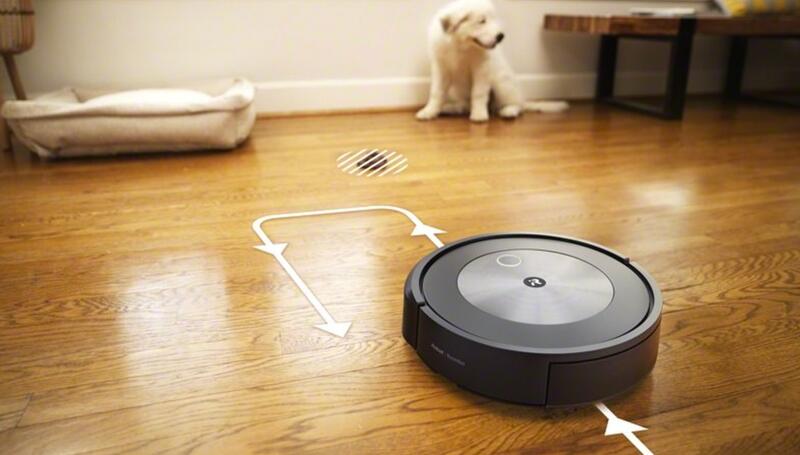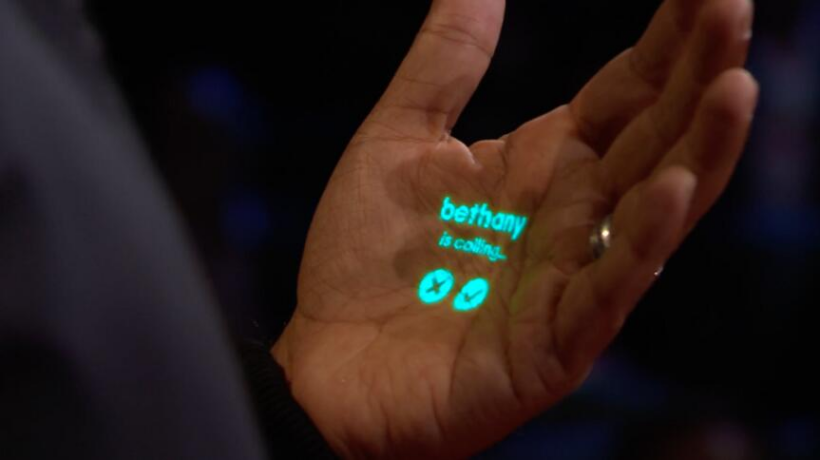BY
Wesley Diphoko
5 MINUTE READ
This week marks one year since Elon Musk strutted into Twitter’s San Francisco offices carrying an actual kitchen sink, grinning from ear to ear as he reluctantly closed his $44 billion purchase of the social network.
Things have changed significantly at Twitter since then. Twitter has the company laid off the majority of its staff, leaving the company woefully undermanned in areas like content moderation and government relations. In addition, Musk blew up the verification process in favor of a pay-to-play scheme, installed the longtime NBCUniversal executive Linda Yaccarino as the new CEO—and changed the company name to X.
But those changes have been far from smooth, and in some cases appear to have left Musk’s company ill-prepared to tackle the challenges to come in a year full of elections, according to many former staff members and contractors. New analysis by NewsGuard shows that three-quarters of the platform’s most viral false claims about the ongoing Israel-Hamas war come from users Musk has charged to be verified—one of the first acts he took to redraw the platform in his own image once he took ownership.
To be sure, the platform was far from perfect before Musk came along, former employees admit. “Even before Musk, Twitter had the reputation of being the social media site where you went to argue,” says Melissa Ingle, who was a senior data scientist who worked at Twitter from September 2021 to November 2022. The platform also struggled with content moderation, according to Ingle, whose work directly touched on that area. “We had poor responses to bots, various spams, and content violations,” she says.
Yet there was still a magic to the old Twitter, in her mind: “Twitter was a place where you could meet the most amazing people,” she says. And that’s what she thinks has disappeared from the platform since its purchase and rebranding to X. For one thing, the user numbers have tanked, as new data released earlier this month shows.
“Then Musk came along and stripped it for parts and aired out all our dirty laundry in an extremely calculated way,” says Ingle, who believes that Musk managed to amplify the negatives and issues about Twitter, while tamping down the saving graces that counteracted and canceled out the problems.
The litany of issues that X now faces are huge. The userbase has shifted, and who is prioritized in the timeline is dictated now by who’s willing to pay, rather than who has relevance or importance in topical conversation. That shifts the tone of what’s said, with negative effects on minorities, including Ingle. “I was threatened bodily and reported it, but the tweet was up for months,” she says. Musk launched his bid in part to try and tackle Twitter’s bot problem, but in recent weeks users have found the number of porn bots liking random posts has increased.
Child sexual abuse material (CSAM), which Musk put forward as another of his priorities, “is as bad as it ever was,” says Ingle. “He’s somehow managed to make a fairly grim financial situation into a bloodbath,” she says. “He even jettisoned one of the most meaningful and longest lasting features of the company—its name.”
It’s not just the name that’s gone—so are a number of key features that were designed to keep the platform safe. “All of the programs that I was involved in have basically been taken down or dismantled,” says Theodora Skeadas, who worked in Twitter’s public policy team as well as managing Twitter’s trust and safety council’s day-to-day operations. Like many, she received notice she would be laid off in December 2022, which took effect in February 2023. “Unfortunately, the impact has been pretty severe,” she says. “Civic integrity work is either reduced, or in some cases not happening at all.”
Skeadas believes that “the impacts of our departures have been noted” by the way the platform has changed. She says there are fewer resources for marginalized political groups in civic spaces; there’s reduced labeling and fact checking around elections. “People are observing and reporting on rising disinformation, hate speech, and violent rhetoric,” Skeadas says.
Skeadas had anticipated, alongside her colleagues, all of this happening because they had experienced the fires that Twitter fought around political conversation on the platform first hand for years. “It’s disappointing,” she says—both personally and professionally. “Frankly, it’s been challenging to find another role in the job market, as competitive as it is.” But personally, she also felt that she and her team at Twitter were doing a good job protecting against election interference and issues, and the work was rewarding. “It was nice to be involved in a community of people doing work that felt meaningful and time sensitive, and was high-impact,” she says.
Others are more measured in their criticism of how Musk is running his ship.” I have to admit that he’s quite good at being scrappy, and removing everything that is unnecessary until he feels like it might suck,” says Manu Cornet, a former software engineer at Twitter from June 2021 to November 2022. However, Cornet is also critical of the way that he enacted many of his cuts—for instance, pulling the plug on what Musk thought of as extraneous servers powering the platform. “There’s a lot of ruthlessness and clumsiness in his behavior,” says Cornet. Yet alongside that, there are positive aspects that have helped push through his vision. “There’s also a lot of let’s not take no for an answer and no bullshit,” Cornet adds.
X’s press team did not immediately respond to a request to comment on the former staffers’ thoughts.
Cornet worries about the way in which Musk seems to run his company through trial and error—especially given its hundreds of millions of users, and how the app is answerable to its advertisers, many of which abandoned the platform and have subsequently come back with only nominal investments in products. Linda Yaccarino, the CEO Musk installed into Twitter before the rebrand to X, claimed at a recent conference that many advertisers had returned, highlighting Visa as one. But a Media Matters investigation showed that Visa returned with a $10 ad spend, compared to $77,500 in the 12 weeks before Musk took over.
“I’m guessing people who are still there are working insane hours, which is not something that will be sustainable in the long term,” Cornet says. But he’s less concerned now than he was previously about the platform’s technical survival. “I’m more concerned about it becoming more of a cesspool of people who are increasingly right leaning and whether it may not be a representative sample of the population,” he says.
Twitter’s rightward tack, including Musk’s indulgence in conspiracy theories and amplifying and engaging with alt-right voices on the platform, gives him pause. “He’s making quite a statement in his political views,” says Cornet. That would have put users off, he reckons, if not for the fact that there are few feasible alternatives for people to move to.
None of the former staff members believe that Musk is doing a good job. Ordinarily, that might be seen as bad blood by those who were let go by the entrepreneur, but the weight of public opinion also seems to agree that things have gotten materially worse, rather than better, during his tenure in charge: Just 4% of Twitter users said they thought the rebrand to X had a positive effect, compared to 67% who said it was negative. At the same time, unfavorability ratings towards Musk have skyrocketed.
“I think he’s made decisions that have harmed individuals,” says Skeadas, “and have also undermined the company’s success.”
FastCompany

